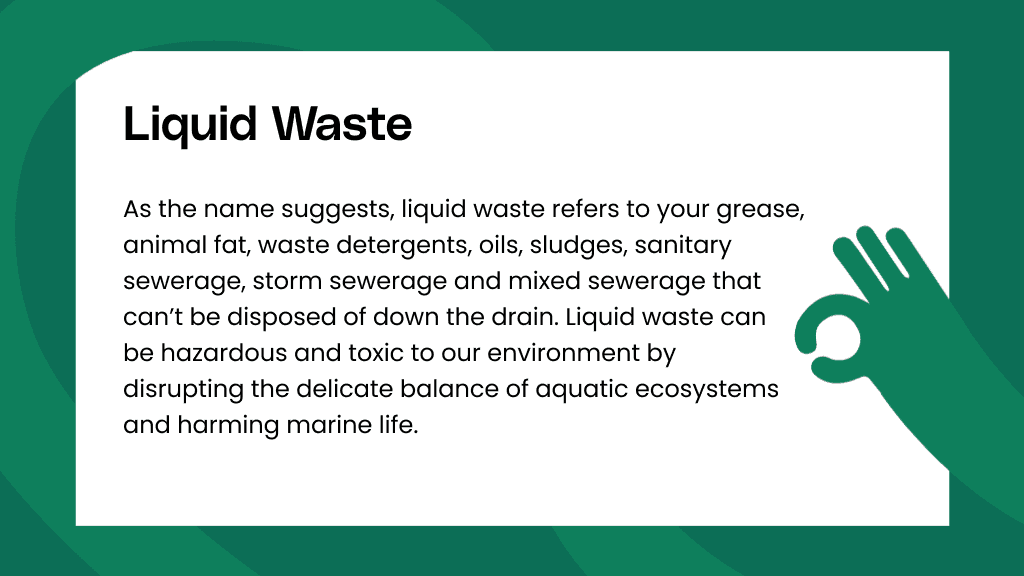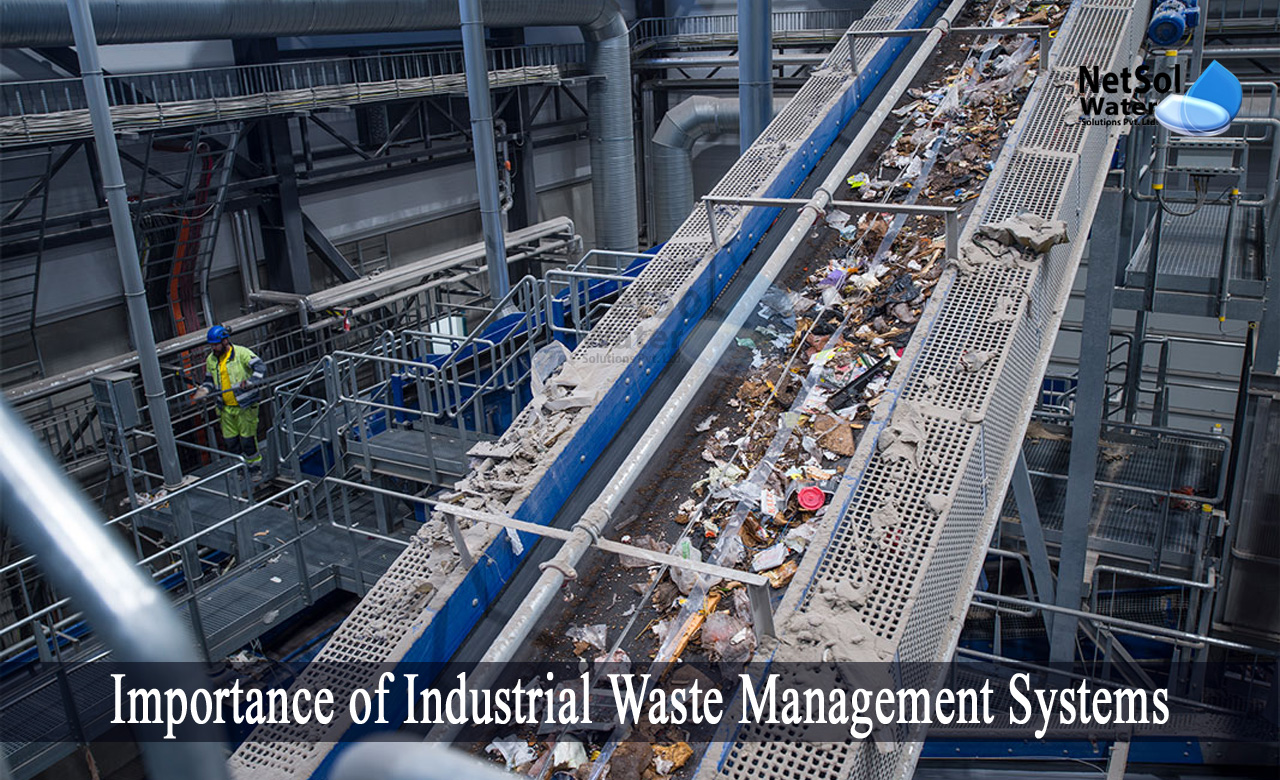Reclaim Waste Things To Know Before You Get This
Table of ContentsThe Only Guide to Reclaim WasteThe smart Trick of Reclaim Waste That Nobody is Talking AboutEverything about Reclaim WasteLittle Known Questions About Reclaim Waste.The Main Principles Of Reclaim Waste
Check out the types, events, and types of fluid waste. Residential sewage waste describes the waste and products from a residential septic system. This sort of waste is created by human beings in homes, schools, and other structures. This only includes sewage-disposal tanks that have a drain area. The proper management and disposal of domestic sewer waste require liquid waste to be transferred to a sewer treatment plant where the correct methods and tools are applied to detoxify and get rid of waste.
Industrial waste often includes possible dangers, such as flammable materials or a combination of fluid and solid waste products, and requires an advanced and in-depth disposal process. The disposal of business waste usually entails the filtering of waste prior to transport to ensure safe and proper disposal. Hazardous waste is developed from byproducts and runoff of industrial procedures and manufacturing.
This kind of waste can not use the very same sewage administration transportation or processes as septic or industrial liquids. The commercial waste monitoring process needs the assessment and screening of fluid waste before it undergoes the disposal process (industrial wastewater treatment). Drainage waste is the fluid waste that originates from drainage and excess stormwater in extremely inhabited locations or cities
Overflow waste can cause contamination and flooding if not dealt with correctly. Discover a lot more regarding sewer cleaning and waste management. Guaranteeing proper waste management can avoid disasters and lower ecological damage. Both individuals in household setups and experts in commercial or production sectors can take advantage of understanding the processes and policies of fluid waste administration.
The Single Strategy To Use For Reclaim Waste
Call PROS Providers today to learn more about our waste monitoring and disposal services and the correct ways to take care of the fluid waste you produce.
Do you understand what occurs to your water when you pull the plug, purge the commode or drain the cleaning maker? No? Well, it's worth recognizing. This so-called 'wastewater' is not just a crucial resource yet, after treatment, will certainly be released to our land, rivers or the ocean. Used water from bathrooms, showers, bathrooms, kitchen sinks, laundries and commercial processes is recognized as wastewater.

water made use of to cool down machinery or tidy plant and equipment). Stormwater, a type of wastewater, is runoff that streams from farming and urban areas such as roofings, parks, yards, roads, paths and gutters into stormwater drains pipes, after rainfall. Stormwater flows untreated straight to regional creeks or rivers, at some point reaching the ocean.
Our Reclaim Waste Diaries
In Queensland, most wastewater is treated at sewage therapy plants. Wastewater is moved from domestic or industrial sites through a read the full info here system of drains and pump stations, referred to as sewerage reticulation, to a sewage treatment plant. Regional federal governments develop, preserve and operate most sewage treatment plants. Operators are licensed under the Environmental Management Act 1994 to discharge treated wastewater at an acceptable environmental standard right into rivers.
The Division of Natural Resources suggests neighborhood federal governments concerning handling, operating and preserving sewerage systems and therapy plants. In unsewered locations, city governments might need homeowners to set up individual or household sewage treatment systems to deal with residential wastewater from commodes, kitchens, restrooms and laundries. The Division of Natural Resources authorizes the use of home systems when they are proven to be effective.
Most stormwater obtains no therapy. In some brand-new subdivisions, therapy of some stormwater to eliminate litter, sand and gravel has actually started making use of gross contaminant traps. Wastewater therapy happens in four phases: Eliminates solid issue. Larger solids, such as plastics and other things mistakenly discharged to sewage systems, are gotten rid of when wastewater is gone through screens.
Wastewater then streams right into large tanks where solids resolve and are removed as sludge. Oil and scum are skimmed from the surface. Uses small living organisms referred to as micro-organisms to break down and eliminate remaining liquified wastes and great particles. Micro-organisms and wastes are included in the sludge. Removes nitrogen and phosphorus nutrients that might create algal blooms in our rivers and endanger water life.
Excitement About Reclaim Waste
Nutrient elimination is not readily available in all sewage treatment plants because it requires expensive specialist devices. It is ending up being extra common in Queensland. Clear fluid effluent generated after therapy may still contain disease-causing micro-organisms. If this effluent is released into waterways such as rivers or the sea, the micro-organisms will eventually pass away out.

This generally suggests wastewater needs to be treated or pollutants eliminated before it can be released to rivers. The majority of wastewater flows into the sewerage system. Under the Act, regional federal governments carry out authorizations and permits for ecologically appropriate tasks (Periods) entailing wastewater releases that might have a local impact. The division administers authorizations and permits to Ages involving wastewater launches that might have a regional or statewide influence.
Rumored Buzz on Reclaim Waste
Monitoring offers valid details about water high quality and can verify that permit problems are being fulfilled. The details obtained through tracking offers the basis for making water high quality choices.
Comments on “Unknown Facts About Reclaim Waste”